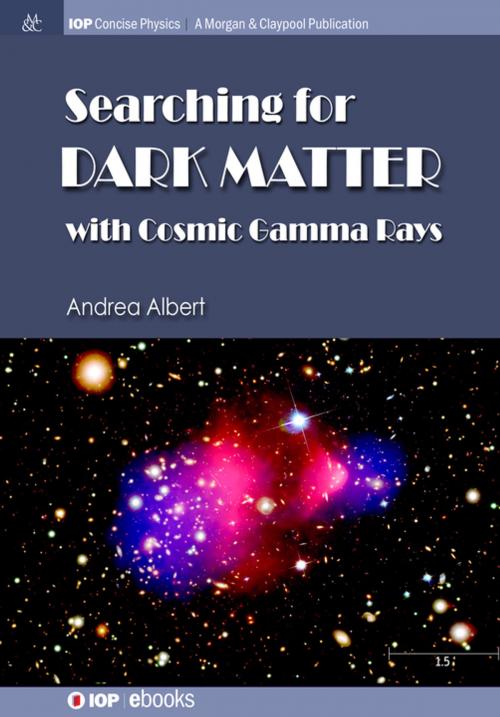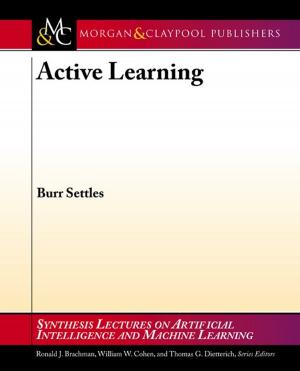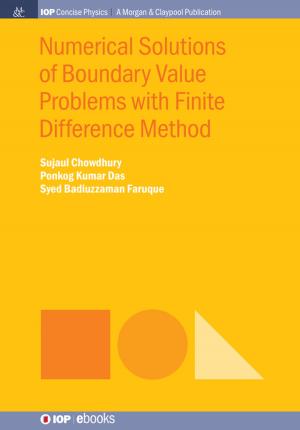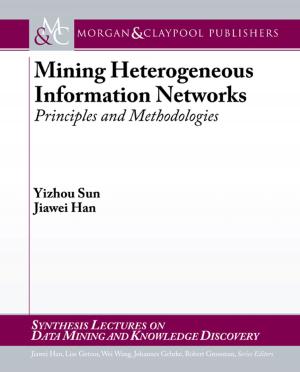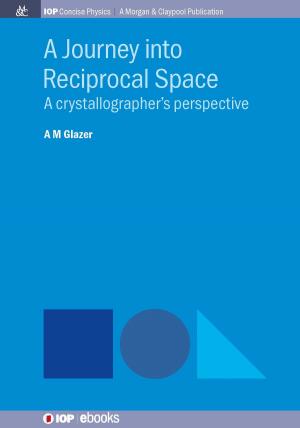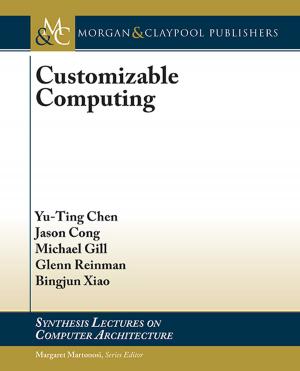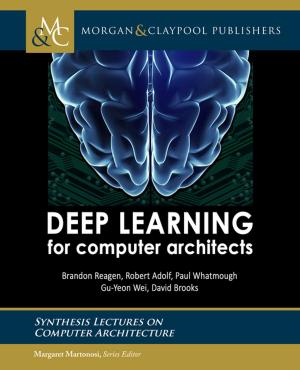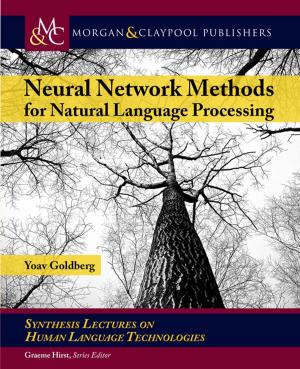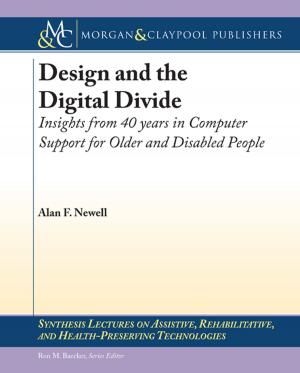Searching for Dark Matter with Cosmic Gamma Rays
Nonfiction, Science & Nature, Science, Physics, Astronomy, Astrophysics & Space Science, Nature| Author: | Andrea Albert | ISBN: | 9781681742700 |
| Publisher: | Morgan & Claypool Publishers | Publication: | September 6, 2016 |
| Imprint: | IOP Concise Physics | Language: | English |
| Author: | Andrea Albert |
| ISBN: | 9781681742700 |
| Publisher: | Morgan & Claypool Publishers |
| Publication: | September 6, 2016 |
| Imprint: | IOP Concise Physics |
| Language: | English |
Searching for Dark Matter with Cosmic Gamma Rays summarizes the evidence for dark matter and what we can learn about its particle nature using cosmic gamma rays. It has almost been 100 years since Fritz Zwicky first detected hints that most of the matter in the Universe that doesn't directly emit or reflect light. Since then, the observational evidence for dark matter has continued to grow. Dark matter may be a new kind of particle that is governed by physics beyond our Standard Model of particle physics. In many models, dark matter annihilation or decay produces gamma rays. There are a variety of instruments observing the gamma-ray sky from tens of MeV to hundreds of TeV. Some make deep, focused observations of small regions, while others provide coverage of the entire sky. Each experiment offers complementary sensitivity to dark matter searches in a variety of target sizes, locations, and dark matter mass scales. We review results from recent gamma-ray experiments including anomalies some have attributed to dark matter. We also discuss how our gamma-ray observations complement other dark matter searches and the prospects for future experiments.
Searching for Dark Matter with Cosmic Gamma Rays summarizes the evidence for dark matter and what we can learn about its particle nature using cosmic gamma rays. It has almost been 100 years since Fritz Zwicky first detected hints that most of the matter in the Universe that doesn't directly emit or reflect light. Since then, the observational evidence for dark matter has continued to grow. Dark matter may be a new kind of particle that is governed by physics beyond our Standard Model of particle physics. In many models, dark matter annihilation or decay produces gamma rays. There are a variety of instruments observing the gamma-ray sky from tens of MeV to hundreds of TeV. Some make deep, focused observations of small regions, while others provide coverage of the entire sky. Each experiment offers complementary sensitivity to dark matter searches in a variety of target sizes, locations, and dark matter mass scales. We review results from recent gamma-ray experiments including anomalies some have attributed to dark matter. We also discuss how our gamma-ray observations complement other dark matter searches and the prospects for future experiments.
